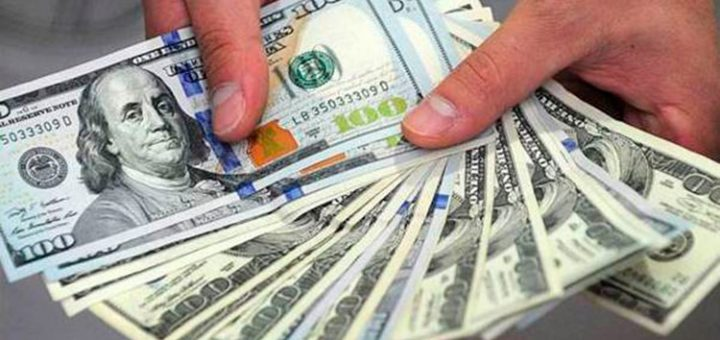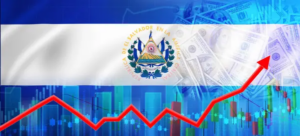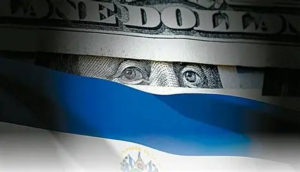Family remittances sent to El Salvador reached US$805.94 million in april 2025, consolidating solid growth of 15.2% in the first four months of the year, reported the Banco Central de Reserva (BCR). This increase occurs despite the climate of uncertainty generated by massive deportations and new taxes on remittances from the United States.

Between january and april, El Salvador received US$3,075.7 million in remittances, representing an additional US$406.6 million compared to the US$2,669.1 million received during the same period in 2024. This injection of funds far exceeds export income during the same period and has become a key economic pillar for millions of households.
Family remittances not only reflect the support of salvadorans abroad, but also have a significant macroeconomic impact. During the fourth quarter of 2024, remittances represented 23.9% of the Gross Domestic Product (GDP), demonstrating their importance in the national economy, surpassing traditional productive sectors such as exports.

According to the BCR (Central Bank of Ecuador), 92.5% of remittances came from the United States, totaling US$2,844.1 million, representing year-over-year growth of US$397.8 million (16.3%). They are followed by Canada (US$26.9 million), Spain (US$20.1 million), Italy (US$18.4 million), and Mexico (US$4.1 million), albeit with more modest shares.
The strong flow of remittances has cushioned the effects of migration tensions and tax barriers, demonstrating the resilience of the economic ties with the Salvadoran diaspora. For many families, this income remains vital for consumption, education, healthcare, and the dynamism of local commerce.








